Edible Insects FAQ: May Beetle Species, Taste, Recipes & Entomophagy Tips
Explore the fascinating world of the Common Cockchafer, also known as May and June beetles, in our edible insects FAQ series. Learn about their taste, preparation tips, and culinary potential. Join foodies in exploring entomophagy, sustainable living, and insect-based cuisine today!
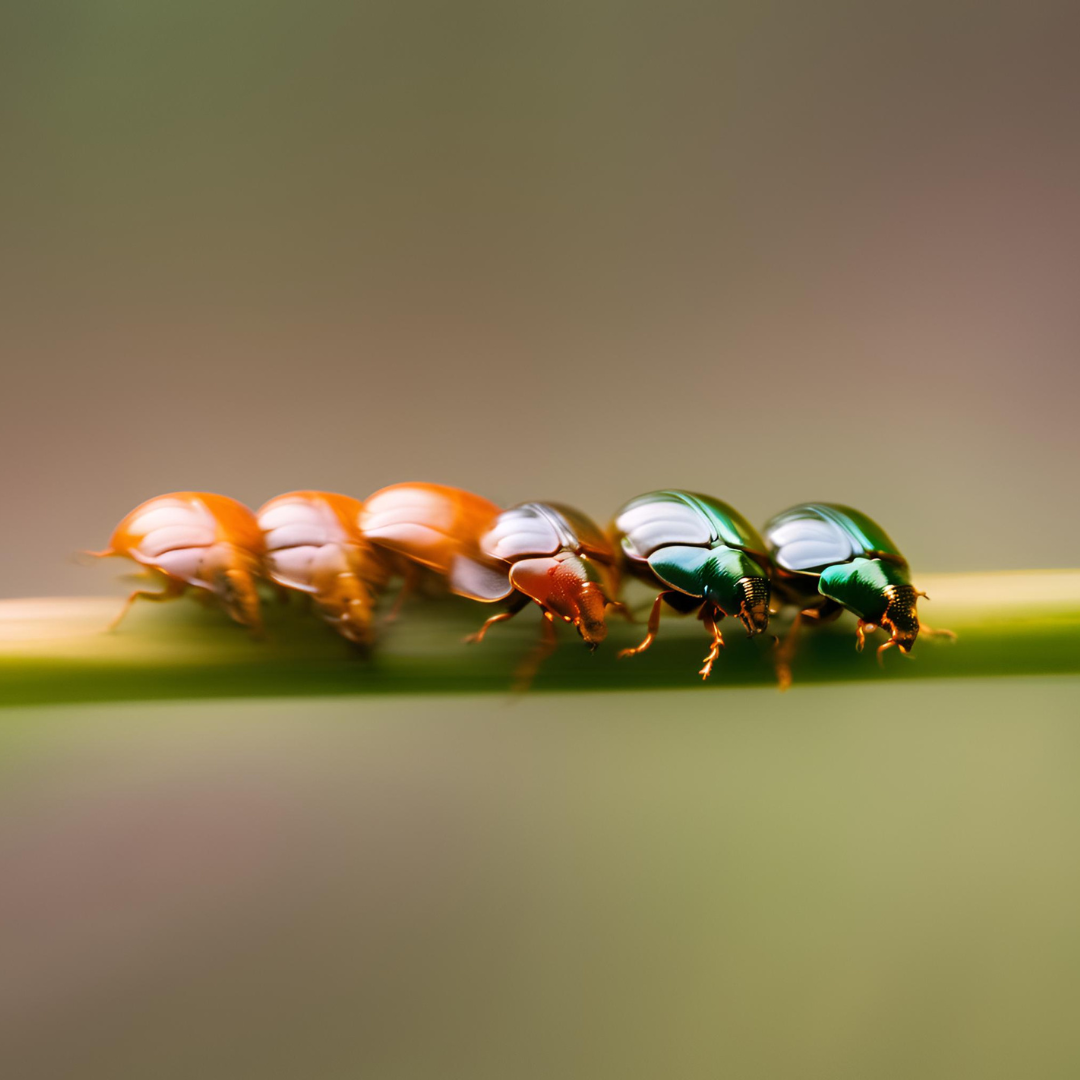
Hey Entomophagy Enthusiasts!
Hello, fellow bug lovers! Today, I’m super excited to dive into the fascinating world of the Common Cockchafer (Melolontha melolontha), also known as the European May Beetle, as part of our edible insects FAQ series for 2024. Whether you’re a seasoned entomophagist or just curious about adding a new insect to your diet, this post is for you! Let’s explore this unique species, its taste, and some handy tips for making the most out of your culinary adventures.
- What are Common Cockchafers Bugs?
- Scientific Classification of May Beetles
- Popular Species of May Beetles
- Physical Description of European May Beetle
- Cultural Significance
- Sensory Experience: The Symphony of Summer Nights
- Life Cycle: The Four-Year Marvel
- How Do May Beetles Taste?
- How Do I Prepare May Beetles?
- Are May Beetles Safe to Eat?
- Where to Get May Beetles?
- Entomophagy Tips for Beginners
- Why Eat May or June Bugs?
- Author's Comment
- Related Recipes from The Entomophagy Table
What are Common Cockchafers Bugs?
Common Cockchafers, or May Beetles, are large beetles native to Europe and parts of Asia. They are easily recognizable by their reddish-brown wing cases and fan-like antennae. Historically, they've been a part of traditional diets in various cultures due to their abundance and nutritional value.
Scientific Classification of May Beetles
- Scientific Name: Melolontha melolontha
- Family: Scarab Beetles (Scarabaeidae)
Popular Species of May Beetles
While the Common Cockchafer is the most well-known, there are other fascinating species within the Melolontha genus:
Forest Cockchafer (Melolontha hippocastani)
- Found in wooded areas, commonly seen in Europe during late spring.
Southern Cockchafer (Melolontha pectoralis)
- Found in southeastern Europe, with a slightly smaller and darker body.
Garden Cockchafer (Melolontha vulgaris)
- Often found in gardens and meadows, recognized by its robust body and darker coloration.
Exploring these various species can be a delightful and delicious adventure for any entomophagy enthusiast. Each one offers different culinary experiences!
Physical Description of European May Beetle
- Size: 25 to 30 millimeters in length.
- Color: Shiny, reddish-brown wing cases with a black head and thorax.
- Antennae: Fan-like, more pronounced in males, used to detect pheromones.
- Body Shape: Oval and convex, giving a chunky appearance.
- Legs: Strong and spiny, adapted for burrowing and clinging to vegetation.
- Wings: Membranous wings under hard outer cases, allowing flight at dusk.
Cultural Significance
The Common Cockchafer holds a special place in European folklore and literature. In many countries, the arrival of May Beetles heralds the beginning of spring. They are often depicted as symbols of renewal and the changing seasons. For instance, the German children's song "Maikäfer flieg" (Fly, Maybug) evokes nostalgia and a connection to nature.
Sensory Experience: The Symphony of Summer Nights
As dusk falls, May Beetles fill the air with their gentle hum, creating a soothing buzz that adds a magical quality to summer evenings. This sound evokes deep nostalgia, reminding many of carefree times spent outdoors.
Life Cycle: The Four-Year Marvel
- Egg Stage: Female May Beetles lay their eggs in the soil in early summer.
- Larval Stage: "White grubs" hatch and spend three years underground, feeding on plant roots.
- Pupal Stage: In the fourth year, larvae transform into pupae, developing adult features.
- Adult Stage: Adult beetles emerge in late spring, ready to mate and continue the cycle.
How Do May Beetles Taste?
May Beetles offer a unique culinary experience with a nutty and slightly earthy flavor, often compared to roasted seeds or nuts. Their crunchy texture makes them a versatile ingredient in various dishes.
How Do I Prepare May Beetles?
- Cleaning:
- Rinse thoroughly to remove dirt.
- Blanch in boiling water for a few minutes.
- Inspect for quality.
- Roasting:
- Preheat oven to 375°F (190°C).
- Lightly season with salt, pepper, or favorite spices.
- Roast for 10-15 minutes until crispy.
- Allow to cool before enjoying.
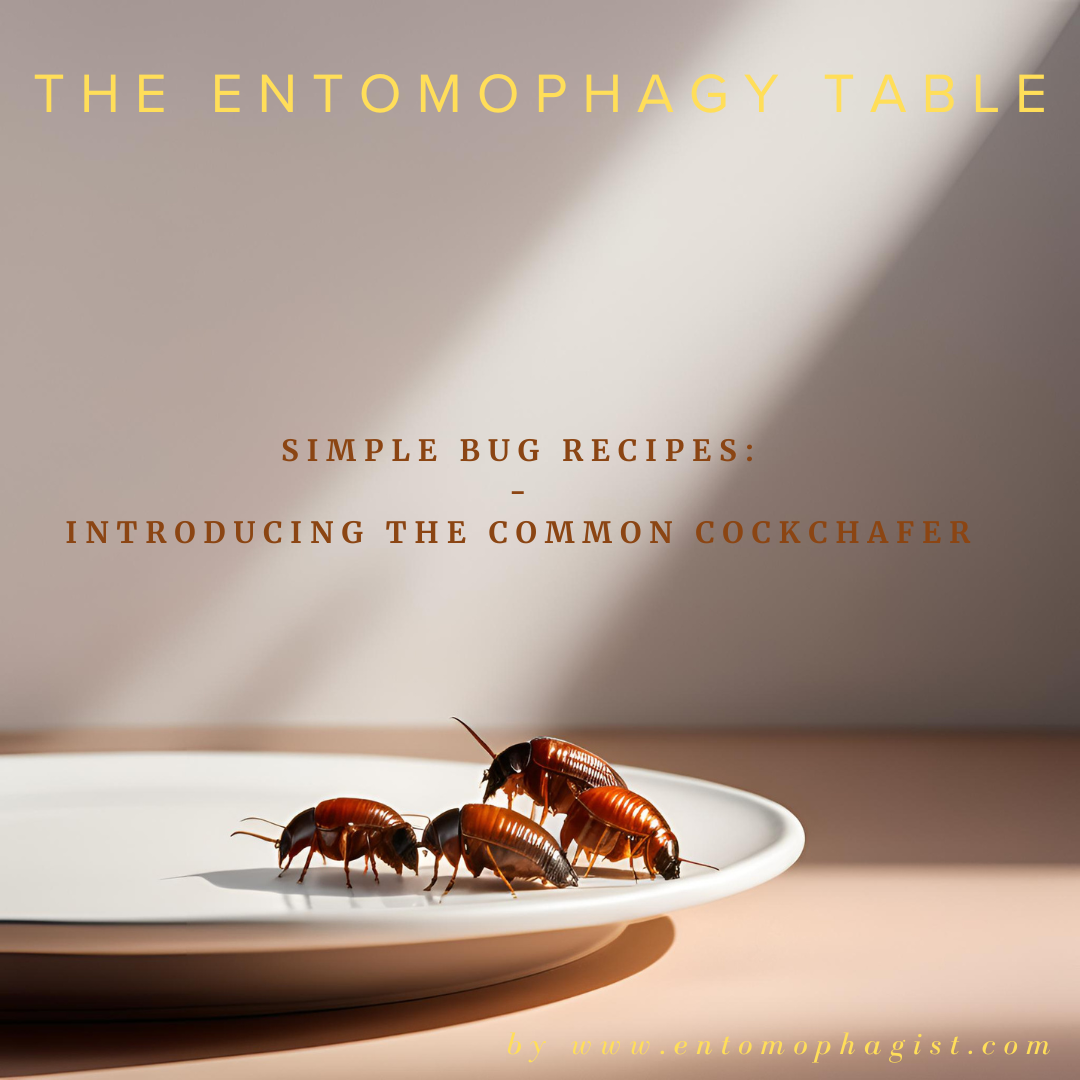
Are May Beetles Safe to Eat?
Allergens: May Beetles may cause reactions similar to shellfish allergies. Start with a small amount to see how your body reacts.
Sourcing: Purchase from reputable, ethical, and sustainable farms. Avoid wild foraging due to potential pesticide exposure.
Preparation: Ensure thorough cleaning and cooking to eliminate potential pathogens.
Regulations: Check local laws regarding the sale and consumption of edible insects.
Where to Get May Beetles?
Reputable Suppliers: Specialty grocery stores, health food shops, and ethnic markets might stock edible insects like May Beetles.
Entomophagy Tips for Beginners
- Start Small and Simple:
- Try familiar insects like crickets or mealworms first.
- Begin with easy recipes like roasted bugs or bug-flour cookies.
- Be Open-Minded:
- Embrace new flavors and textures.
- Experiment with cooking methods and seasonings.
- Join the Community:
- Engage with fellow enthusiasts on Reddit and online forums.
- Attend local events or workshops on edible insects.
Why Eat May or June Bugs?
Embracing entomophagy connects you with traditional practices and promotes sustainable nutrition. It's a climate-friendly food choice that adds a sense of heritage to your dining experience.
Author's Comment
Join the Conversation 🗣️
Share your thoughts on munching on European May bugs or other edible insects. Have you tried insect-based cuisine before? Share your experiences, recipes, and questions in our Discord server. Join the buzz and share your thoughts!
Join our vibrant community 'The Entomophagy Table' on Discord!💁 Author's Comment
Reflecting on my recent journey to the southern part of Europe, I had the unique opportunity to study several exceptional insects, including the European May bug (Melolontha melolontha), also known as the Common Cockchafer. My exploration of this fascinating species left me intrigued by its distinct flavors and culinary potential. Tasting the Common Cockchafer for the first time was a delightful experience, with its nutty and earthy notes pleasantly surprising my palate.
I understand that getting your hands on the Common Cockchafer might not be easy, as it’s not widely available. Therefore, I recommend trying the June bug (Phyllophaga spp.), which can be locally sourced depending on the region. The flavors and tastes are quite similar, offering a comparable culinary adventure. By starting with June bugs, you can still enjoy the unique flavors while supporting sustainable and locally sourced insect farming.
I hope this post inspires you to step out of your culinary comfort zone and explore the incredible diversity that edible insects offer. Let’s continue to embrace sustainable eating practices together, one bite at a time.
From our kitchen to yours, The Entomophagy Table - inspiring eco-friendly and innovative culinary adventures with edible insects.
P.S. Feel free to PM me if you have any specific questions or need more detailed tips! Always here to help!
Subscribe to Access More:
Subscribe now to access these recipes and many more innovative dishes that celebrate sustainable eating.
Already have an account? Sign in
If you're not ready to sign up but still want to stay connected, join our Discord community where we share tips, answer questions, and discuss all things entomophagy. Use the code below to join our vibrant community:
Stay connected, explore new culinary horizons, and be part of the future of food with 'The Entomophagy Table' on Discord!Related Recipes from The Entomophagy Table

Discover the delicious Cricket Bacon Carbonara Pasta at The Entomophagy Table! Dive into this unique entomophagy guide and elevate your eco-friendly cooking skills.
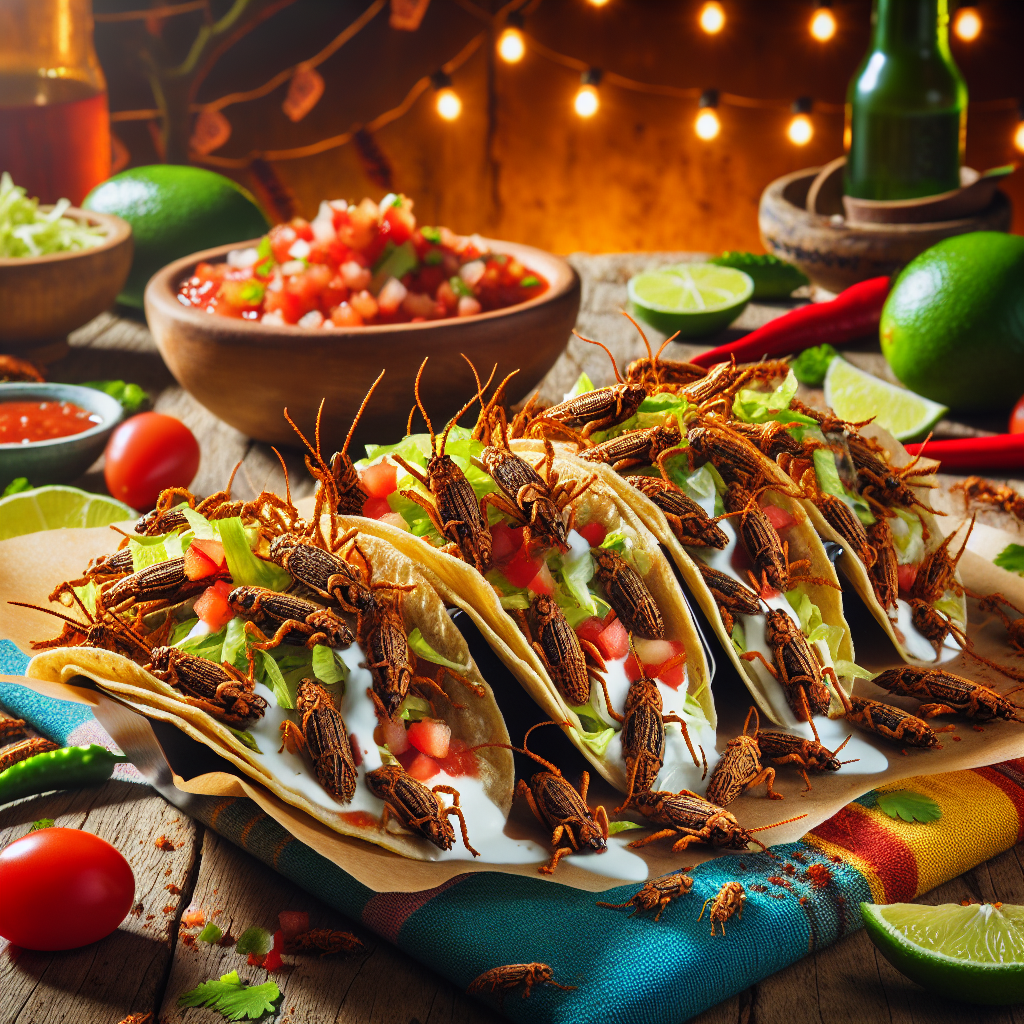
Best Crispy Locust Tacos at The Entomophagy Table—a novel, nutritious dish perfect for adventurous foodies. Dive into sustainable and delicious eating!
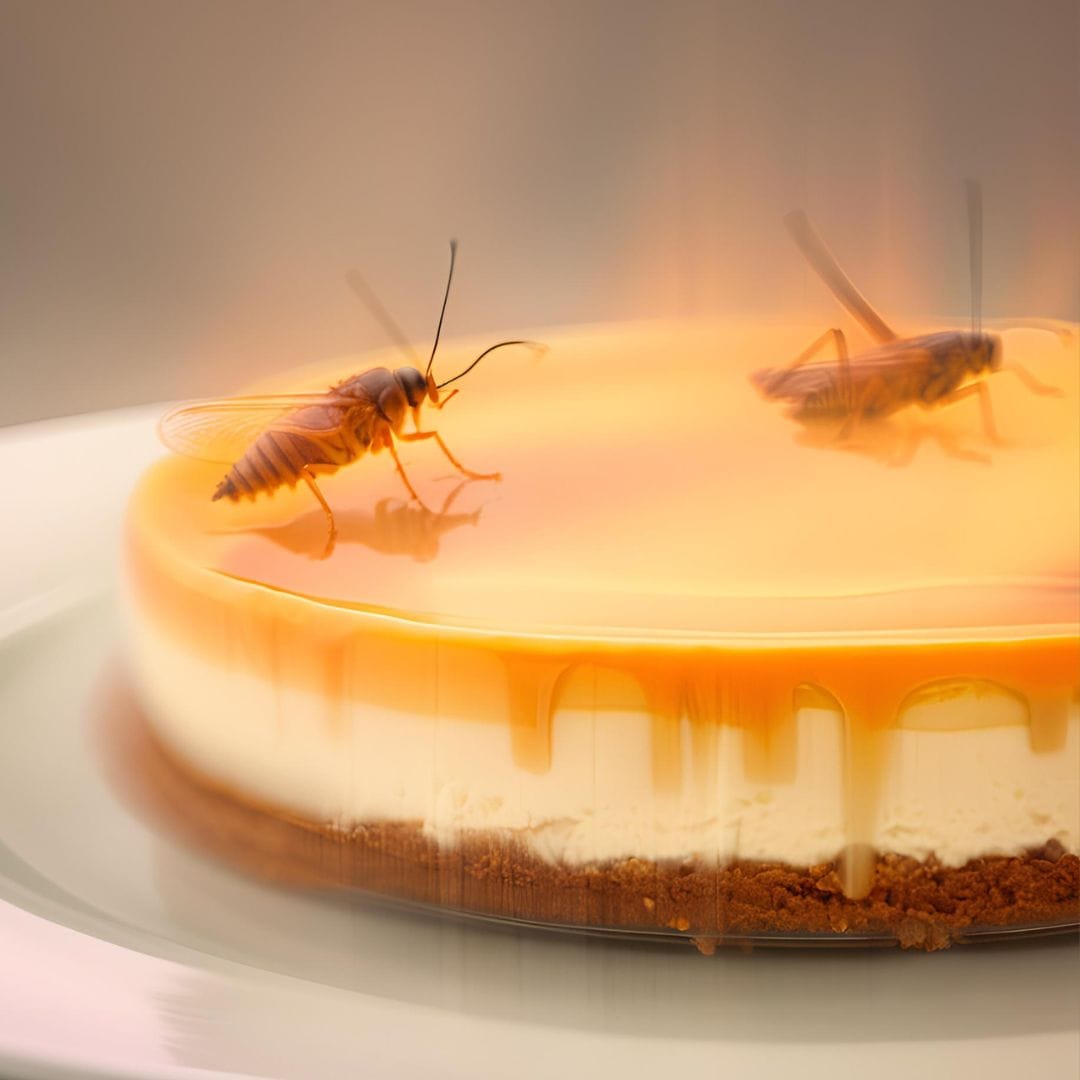
Discover the delicious Honey Cricket Cheesecake at The Entomophagy Table! Dive into this unique entomophagy guide and elevate your eco-friendly baking skills.
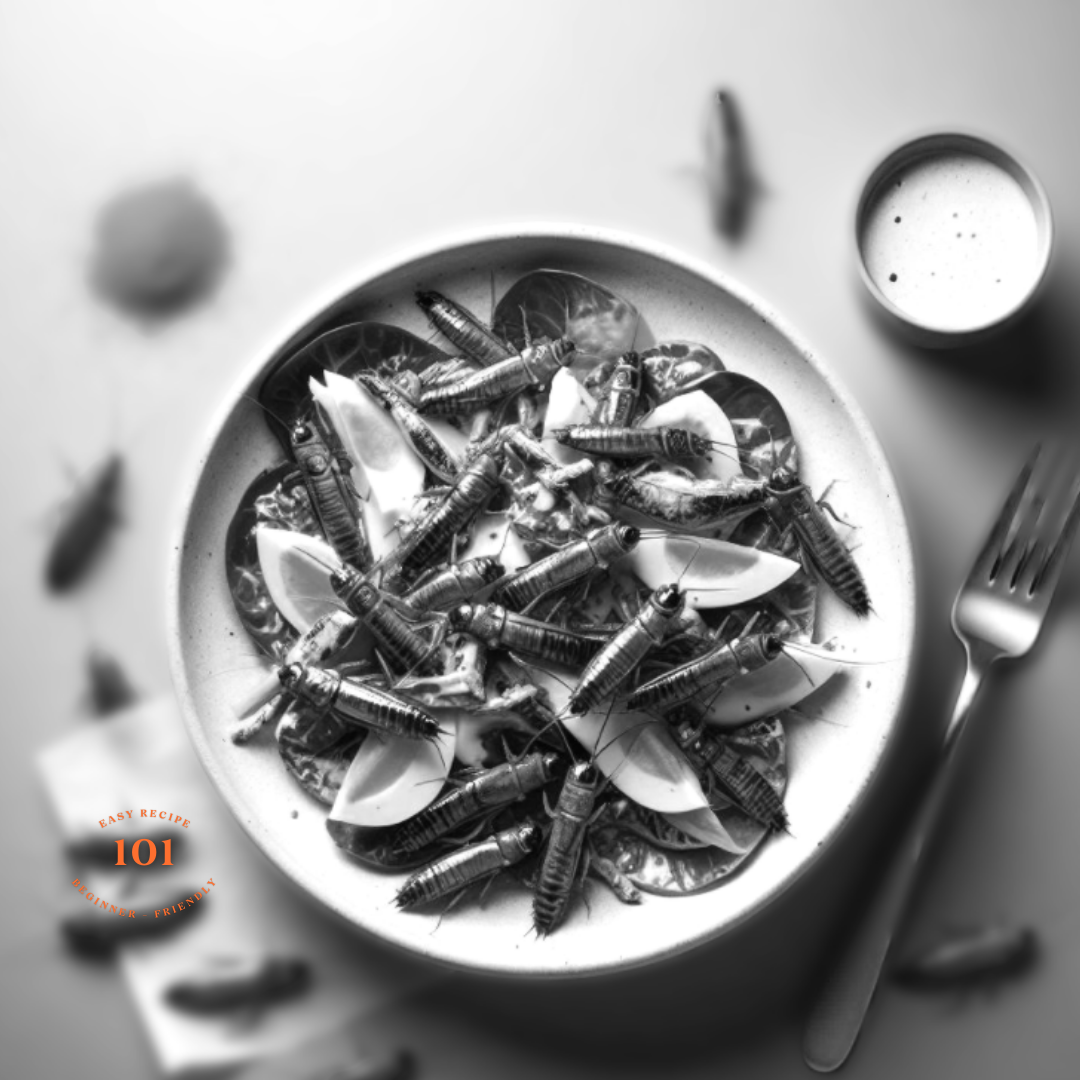
Elevate your salad game with The Entomophagy Table's unique Cricket & Anchovy Caesar Salad recipe! Explore this superfood guide and embrace sustainable eating.
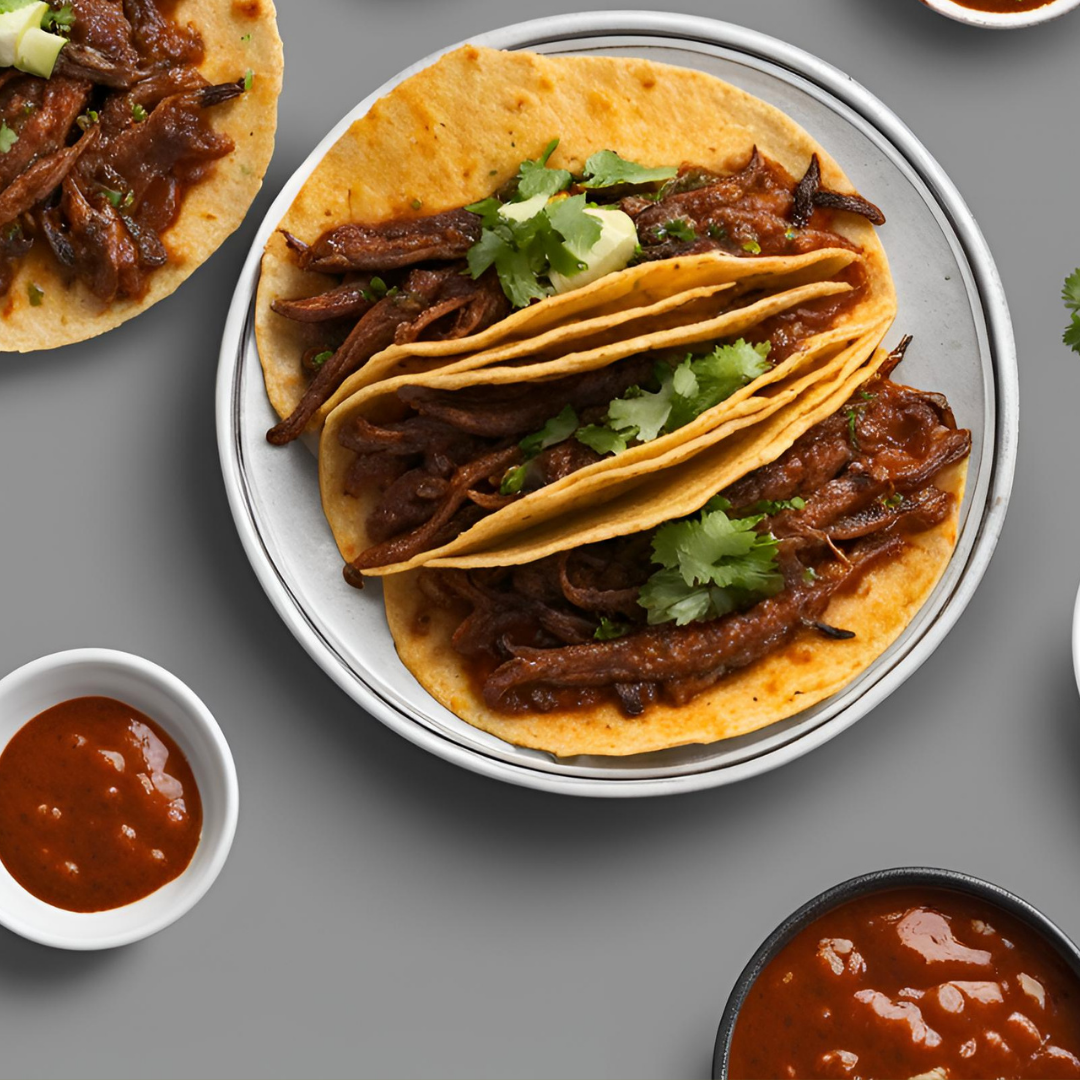
Savor the flavors of The Entomophagy Table's Cricket Birria Tacos! Discover this high-protein, sustainable recipe in our entomophagy guide and elevate your meals.

Discover The Entomophagy Table's Cricket & King Oyster Mushroom recipe! Dive into this high-protein, sustainable dish and transform your culinary adventures.
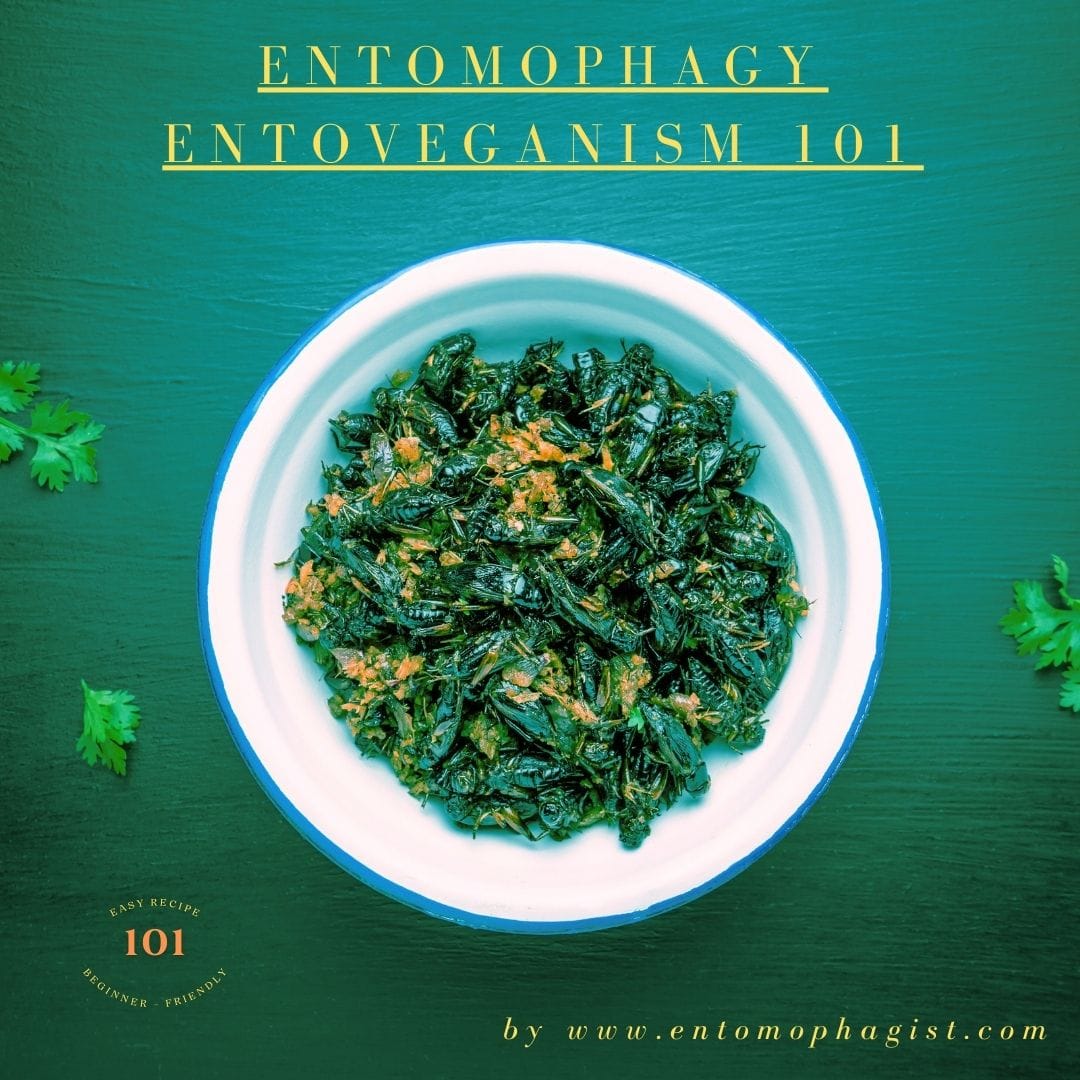
Uncover the savory experience of The Entomophagy Table's Cricket Garlic Delights! Explore this unique recipe in our entomophagy guide and enhance your sustainable cooking.
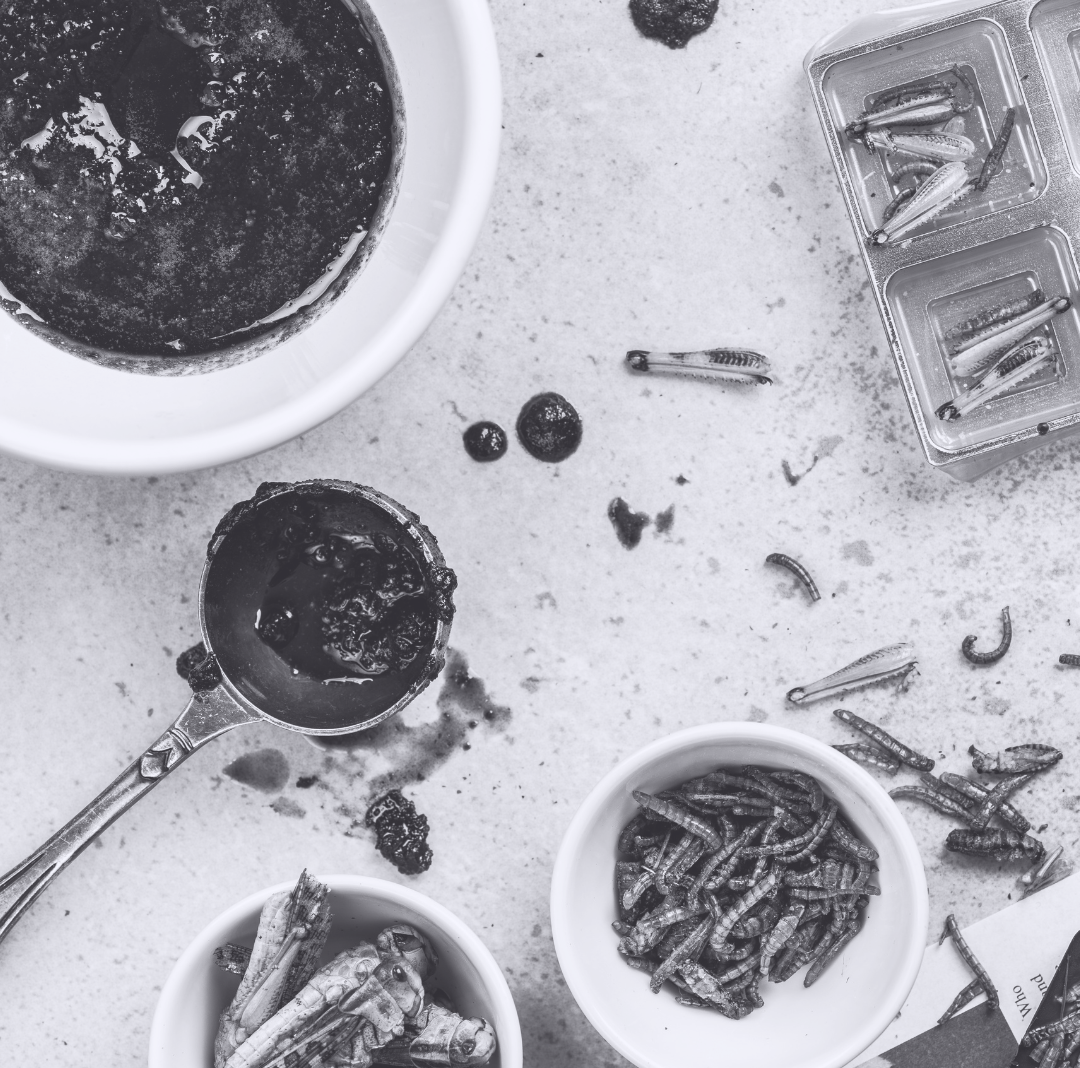
Elevate dessert time with The Entomophagy Table's Cricket Chocolate Fondue! Discover this indulgent, superfood recipe in our entomophagy guide and sweeten your sustainable treats.
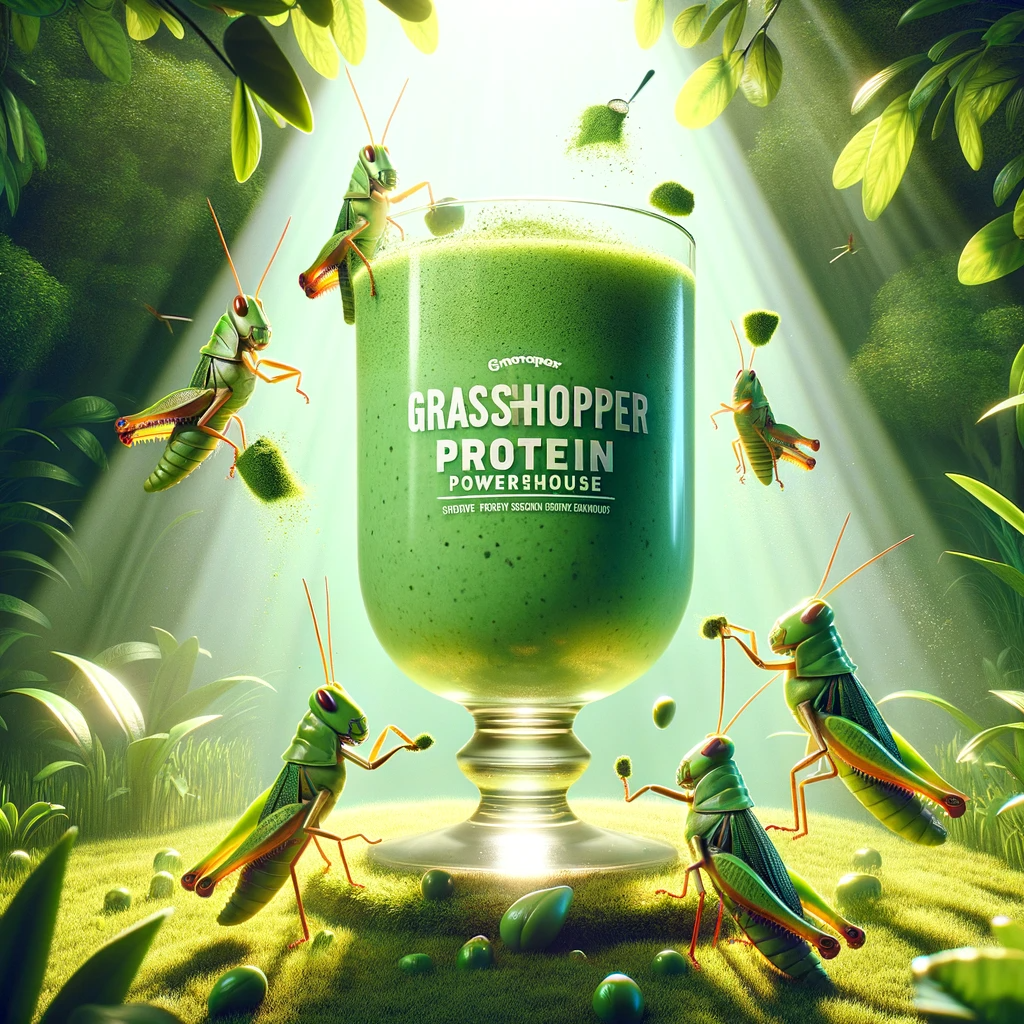
Blend health and innovation with The Entomophagy Table's Banana Spinach Grasshopper Smoothie by Chef Luciano! Explore this entovegan delight and boost your sustainable nutrition.
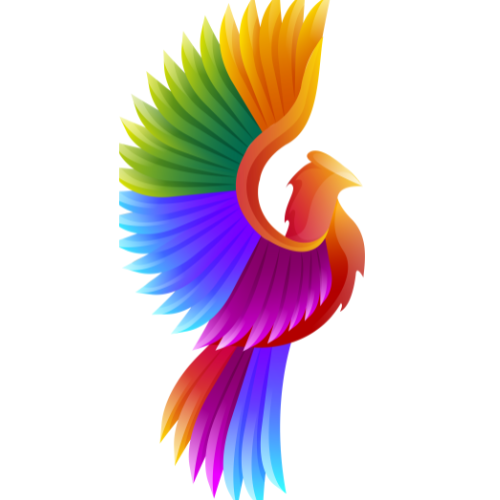



![Edible Insects FAQs [2024]: Unveiling the Secret Language of Bees: The Waggle Dance and Its Role in Sustainable Entomophagy Nutrition](/content/images/size/w720/2024/07/scientific-illustration-waggle-dance-bees-communication-1.png)